Search Articles
Browse Content (p. 64)
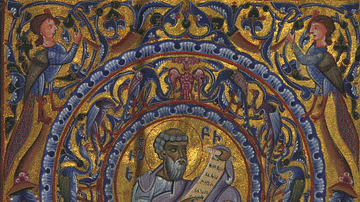
Article
Eusebius on Christianity
Eusebius Pamphili (aka Eusebius of Caesarea, 260-340 CE) was a Christian historian, exegete, and polemicist. He became the bishop of Caesarea Maritima in 314 CE and served as court bishop during the reign of Constantine I (r. 306-337 CE...

Article
The Early History of Clove, Nutmeg, & Mace
The spices clove, nutmeg, and mace originated on only a handful of tiny islands in the Indonesian archipelago but came to have a dramatic, far-reaching impact on world trade. In antiquity, they became popular in the medicines of India and...
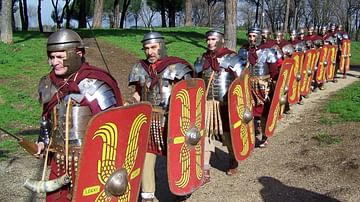
Article
Legions of Moesia
The province of Moesia was vital to the Roman military’s protection of the Balkans. Subdued by the Roman commander Marcus Licinius Crassus in 29 BCE, it was initially part of Macedonia. Due to its location along the Danube, it became essential...
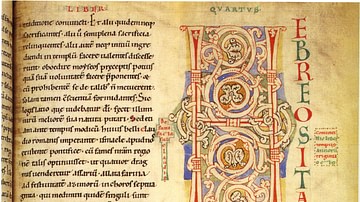
Article
Josephus on Christianity
Titus Flavius Josephus (36-100 CE), the Jewish historian, is the main source for understanding Second Temple Judaism in the 1st century CE. In the last decades of the 1st century CE, he wrote The Jewish War, the Antiquities of the Jews, Against...

Article
Pirate Punishments in the Golden Age of Piracy
Pirates in the Golden Age of Piracy (1690-1730) both dished out and received a wide range of imaginative punishments. Victims of piracy endured torture, floggings, and ceremonies of humiliation, but when brought to justice, the pirates were...

Article
Pliny the Younger on Christianity
Pliny the Younger's (61-112 CE) letter (Epistulae X.96) to Roman Emperor Trajan (r. 98-117 CE) is one of our earliest sources on Christianity from an outsider's point of view. It highlights the Christian movement's impact on the old Roman...

Article
Scythian Territorial Expanse
With 7600 perimeter miles (12,231 km), the Scythians roamed and ruled over an astonishing 1.5 million mi² (2.4 million km²) of territory between the 7th and 3rd centuries BCE. Although building an empire was never in their interest, Scythian...
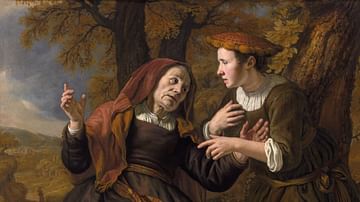
Article
Ruth & Naomi
The story of Ruth and Naomi is found in the book of Ruth in the Jewish Scriptures. The Scriptures are traditionally divided into three sections: Torah (the first five books assigned to Moses), the Prophets (Nevi’im), and Writings (Ketuvim...

Article
Pirate Havens in the Golden Age of Piracy
The buccaneers who roamed the Spanish Main and the pirates who plundered the Caribbean and the Indian Ocean during the Golden Age of Piracy (1690-1730) needed a place of refuge where they could share out and enjoy their loot. Pirate havens...
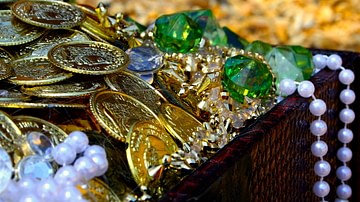
Article
Treasure & Booty in the Golden Age of Piracy
During the Golden Age of Piracy (1690-1730), pirates were first and foremost after gold, silver, and jewels, but if these could not be grabbed, then a ship’s cargo would be taken for resale at a pirate haven. Shared amongst the crew, the...